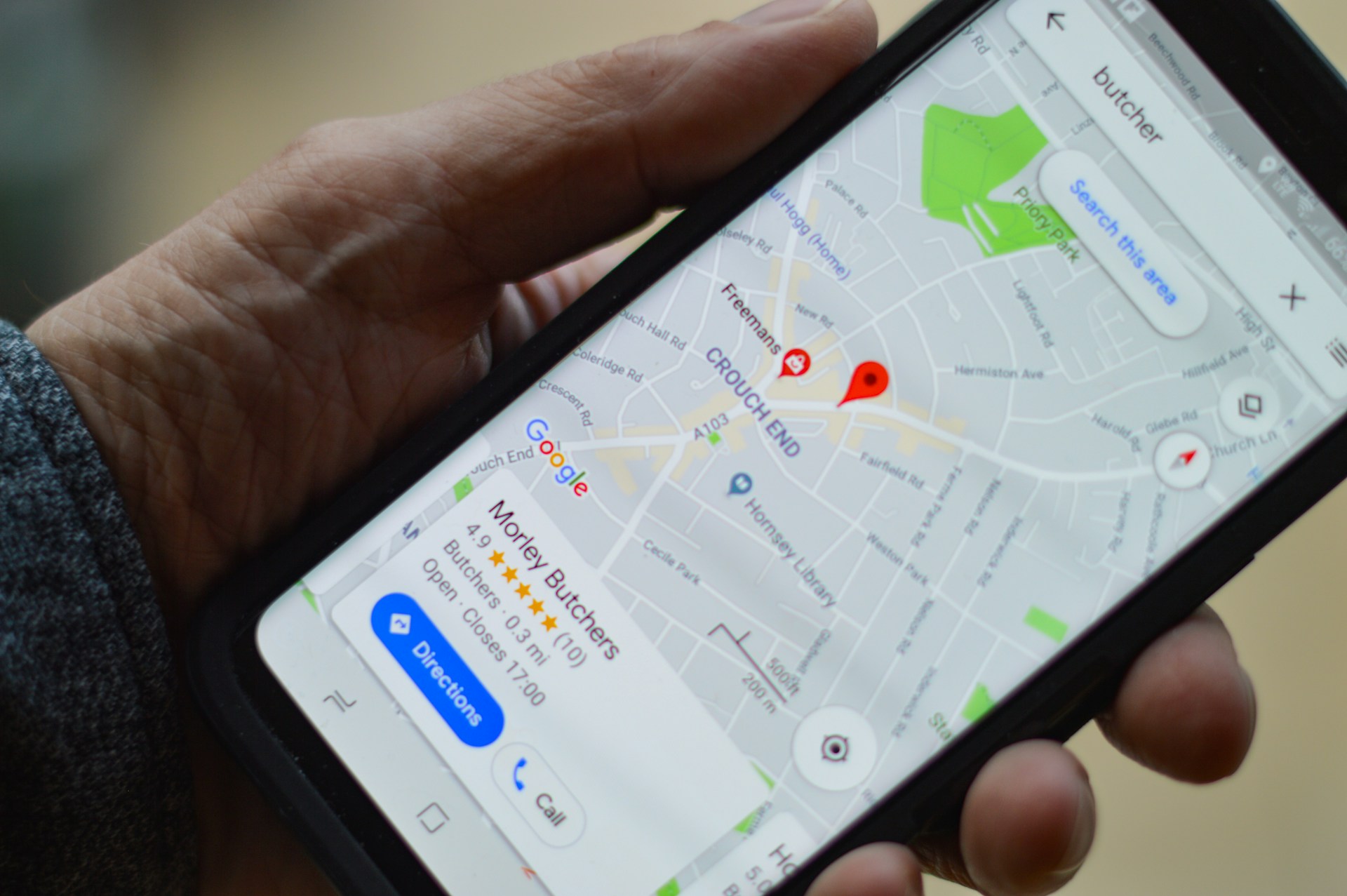If you run a lawn care business, chances are your customers are searching for services near them. And if your business isn’t showing up when they search “lawn care near me” or “best lawn mowing service in [your city],” you’re leaving money—and grass—on the table.
That’s where local SEO (Search Engine Optimization) comes in.
In this guide, we’ll break down everything you need to know to optimize your lawn care business for local search and bring in a steady stream of customers without relying solely on word-of-mouth or expensive ads.
Why Local SEO Matters for Lawn Care
Unlike eCommerce or global service providers, lawn care is hyperlocal. You’re servicing neighborhoods, not nations. So, showing up in search results for your specific area is what drives phone calls and quote requests.
Here’s what good local SEO can do:
- Get you listed in Google’s “Local Pack” (the top 3 businesses shown on the map)
- Improve visibility for keywords like “lawn mowing service in [City]”
- Attract more 5-star reviews (which boosts conversion)
- Reduce reliance on paid advertising
Step 1: Optimize Your Google Business Profile (GBP)
This is the foundation of your local SEO presence.
- Claim and verify your Google Business Profile (formerly Google My Business)
- Fill in every field—business name, hours, phone number, website, description, and categories
- Upload high-quality photos (of lawns you’ve serviced, your team, your equipment)
- Add your service areas and business address
- Turn on messaging if you can respond quickly
Pro Tip: Post weekly updates or offers (e.g., “Spring Clean-Up Special”) on your GBP to signal activity to Google and engage potential clients.
Step 2: Focus on Local Keywords
Use keyword tools or even Google’s autocomplete feature to identify local terms. Target variations such as:
- Lawn care service in [City]
- Lawn mowing near me
- [City] grass cutting company
- Affordable lawn service in [Neighborhood]
Then, integrate these keywords naturally across:
- Your homepage
- Location landing pages (e.g., /lawn-care-dallas)
- Meta titles and descriptions
- Image alt tags
- Blog posts
Step 3: Build Out Local Landing Pages
If you serve multiple cities or neighborhoods, you need dedicated pages for each location.
For example:
- www.yoursite.com/lawn-care-chicago
- www.yoursite.com/lawn-care-naperville
These pages should include:
- Local testimonials
- Specific services offered in that area
- A map of the service area
- Mentions of local landmarks, ZIP codes, or neighborhoods
Google rewards relevance and proximity—don’t try to rank for every city unless you actually service them.
Step 4: Get Listed on Local Directories
While Google is the main player, citations from reputable directories boost your authority.
Start with:
- Yelp
- Angi
- Thumbtack
- HomeAdvisor
- Houzz
- Nextdoor
Make sure your NAP (Name, Address, Phone) is consistent across all listings.
Step 5: Collect & Respond to Reviews
Positive reviews are local SEO gold. They improve your map ranking and build trust with potential customers.
Ways to encourage reviews:
- Send a review request after every completed job
- Offer a small discount for leaving a review
- Make it easy with a direct Google review link
Always respond to reviews—even the bad ones. Show you’re professional and care about your reputation.
Step 6: Use Blogging to Your Advantage
Create content around local lawn care that answer your customers’ questions.
Some blog post ideas:
- “When is the Best Time to Fertilize Lawns in [City]?”
- “The Top 5 Grass Types for [State] Lawns”
- “How to Prevent Weeds in Spring – [City] Lawn Guide”
This is one of the best lawn care marketing ideas which not only helps with SEO but positions your brand as a local expert.
Step 7: Leverage Social Media (Yes, for SEO!)
While social media doesn’t directly boost your rankings, it can drive engagement, brand searches, and even backlinks.
Focus on:
- Before/after lawn photos
- Seasonal tips
- Customer testimonials
- Geo-tagging your posts with location
Facebook and Instagram are particularly strong platforms for local lawn care businesses.
Final Thoughts
Local SEO isn’t a one-and-done effort—it’s an ongoing strategy. But when done right, it helps your lawn care business attract customers who are actively looking for the services you offer—right in your area.
Start by optimizing your Google Business Profile, gathering reviews, and building local content. Over time, you’ll notice more website visits, quote requests, and phone calls—all without spending a dime on ads.
Remember: when it comes to local marketing, visibility is everything. And with these strategies, you’ll be the first name homeowners see when they search for lawn care help.



































